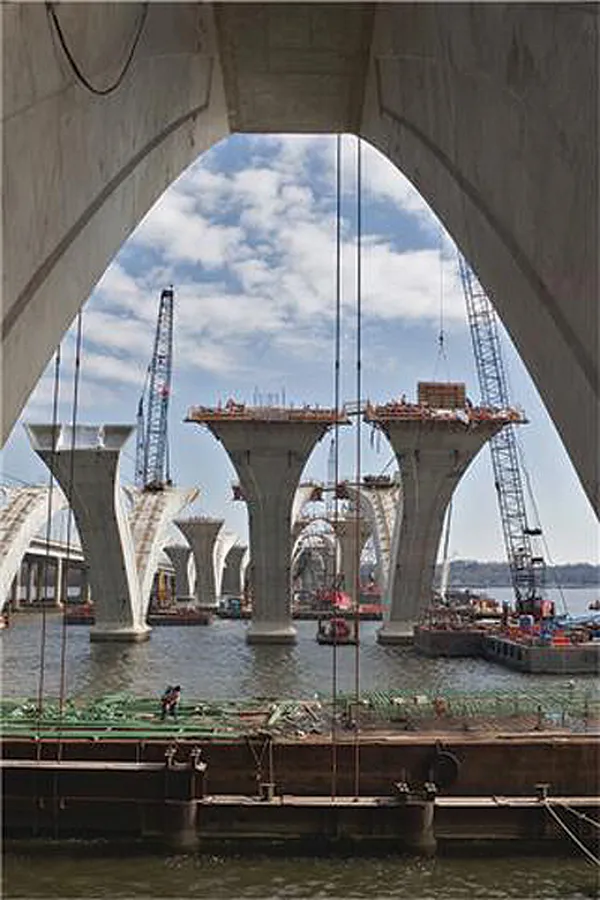A study by the Texas Transportation Institute has revealed that US capital Washington DC now suffers the heaviest congestion of any city in the country. Los Angeles in California and Houston in Texas have both been regarded as amongst the worst in the US in this regard, suffering long traffic delays due to jams, but the report shows Washington DC to be worse still. The Texas Transportation Institute’s Urban Mobility Report paints a damning portrait of congestion in the US capital. The American Road & Transp
February 5, 2013
Read time: 2 mins
A study by the 2347 Texas Transportation Institute has revealed that US capital Washington DC now suffers the heaviest congestion of any city in the country. Los Angeles in California and Houston in Texas have both been regarded as amongst the worst in the US in this regard, suffering long traffic delays due to jams, but the report shows Washington DC to be worse still. The Texas Transportation Institute’s Urban Mobility Report paints a damning portrait of congestion in the US capital. The American Road & Transportation Builders Association (ARTBA) president & CEO, Pete Ruane, commented, “The finding in the Texas Transportation Institute report that America’s transportation network is more unreliable isn’t a surprise to the millions of motorists who slog through bumper-to-bumper traffic in cities of all sizes, or to the businesses attempting to move their goods and services. The real news in the report is the projection that traffic congestion costs will balloon another 65% by 2020 if we maintain the status quo. The number of hours of lost time will also skyrocket 55%. While we may have to accept deadlocked politicians, there are ways to get Americans moving again. Robust new investments aimed at creating additional highway and public transit capacity, and providing more travel options could help accelerate economic recovery and better prepare the nation for the 21st century mobility challenges that come with it.”






